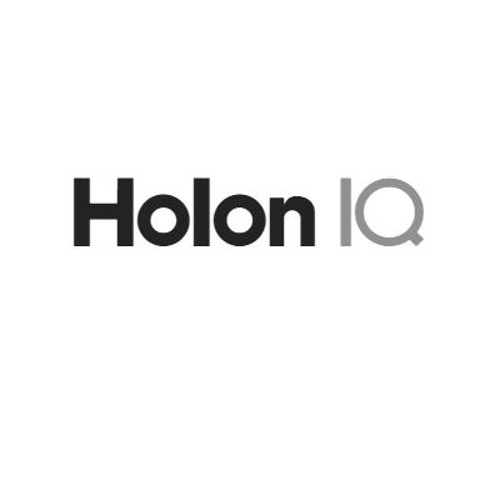
Private global investment in education technology companies is on pace for a record year.
That’s the projection of HolonIQ, a global education research firm, based on what they report was $4.5 billion in VC funding poured into the edtech market in just the first half of 2020. With that as a baseline, $9 billion for the year would be new high-water mark.
The $4.5 billion for the first half of 2020 is, once again, led by investment in and from China, which has represented the largest share of worldwide education technology investment each year since 2015, according to HolonIQ. In fact, more than half of the private equity funding for edtech (52%) over the past decade has been in China. The United States has been second each of those years, with Europe third. Through the first half of this year, though, the gap between Europe and the US is closing, with investments at near parity.
Separately, HolonIQ also notes that 42 edtech companies have collectively closed 58 “mega-rounds” of investment, funding of $100 million or more over the past decade.
If investments in 2020 do reach a new high of $9 billion, it will push past the previous high of $8.2 billion in 2018, as edtech investing slid back from that mark last year.
The acceleration in edtech investing has been a decade long. “EdTech started the last decade with $500 Million in Venture Capital investment in 2010 and finished 14x higher, at $7 Billion in 2019,” the firm reported. HolonIQ also projects that investment in the market “will nearly triple over the next decade,” led by Asia, again, and Latin America and Africa in the near term.
We will see.
It’s clear that for investors and entrepreneurs, there are major markets left to conquer and money to be made in education, in some places, tons of it. What is far less clear is whether those opportunities are brighter or fainter due to Covid-19, the defining paradigm of the moment.
On the one hand, the easy math says that economic disruptions and downturns will boost education interest and investment, as it consistently has. Layer with that are the physical disruptions of learning spaces. The two make an easy case for teaching and learning at distance, a core conceit of education technology.
Opposed to that projection is that the public, especially in the United States, has yet to digest their first major engagement with online and distance education. The feedback has been awful and markedly consistent. Given the crushingly long sales cycles in K-12 and higher education, the terrible recent market experience and continued cost pressures, supporting or developing technology solutions for institutions may be much worse before it gets better, if it does.
But that’s just one part of the education technology market, if it’s a market at all. Services and solutions that exist independent of traditional providers – direct to consumer language apps or alternative credential providers – are positioned far differently in and after Covid.


